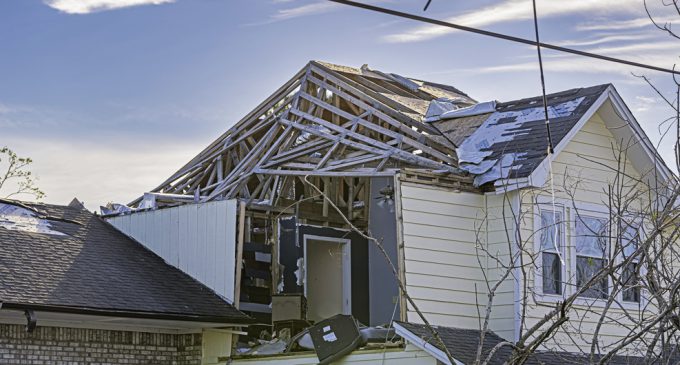WIND DEDUCTIBLE BUYBACKS

Separate wind deductibles are considered essential to maintaining affordable coverage in wind-prone regions, and they give policyholders greater financial incentive to implement wind-loss mitigation measures. At least theoretically.
WIND DEDUCTIBLE BUYBACKS
Does this now-common offering undermine mitigation efforts?
By Joseph S. Harrington
Working collectively, property insurers vigorously promote building codes, tax incentives, and other measures to encourage property owners to “build strong” and limit disaster losses.
Working individually, however, insurers have become very efficient at coming up with ways to compensate property owners for disaster damage. Even in distressed markets, the cost of insuring a structure is often substantially less than the cost of renovating it for loss mitigation.
Spreading the cost of wind disasters among property owners and additional insurers is a certainly good thing—except, perhaps, if you’re trying to get people to invest heavily in loss mitigation.
Consider Florida, the country’s most costly market for property insurance. According to data published by the National Association of Insurance Commissioners, the average annual premium in Florida in 2018 for an “HO-3” homeowners policy was $1,960.
That’s a lot of money, and coverage no doubt costs a lot more for coastal properties in hurricane-prone areas of the state. But even in Florida, the cost of insuring a home for wind loss is a fraction of the thousands—make that tens of thousands—of dollars it typically costs for all but the most rudimentary wind loss mitigation work. The only financial incentive that could recoup the cost would be several years of completely free property coverage.
Eroding incentive
By now, agents and brokers are well-accustomed to the use of separate deductibles applied to hurricane and named windstorm losses in coastal states. In place of the flat dollar deductibles for damage by other perils, an applicable wind loss will trigger a higher deductible, often expressed as a percentage of the building value.
Separate wind deductibles are considered essential to maintaining affordable coverage in wind-prone regions, and they give policyholders greater financial incentive to implement wind loss mitigation measures, at least theoretically.
That incentive is somewhat undermined by the growing availability of “wind-deductible buyback” insurance, however.
Essentially two forms of wind deductible buyback coverage have emerged in the past decade. One can be found within property policies themselves, where the insurer allows the insured to purchase a second, lower deductible for losses that fall under the policy deductible.
Then there are deductible buyback policies purchased separately to cover all or part of a percentage deductible assessed after a wind loss. Numerous specialty carriers now offer these, including Empire Underwriters, GenStar, McGowan Risk Partners, Safehold Special Risk, UIG, and others.
One example is the “Cat4Home” policy created by Zurich Insurance and Florida-based Vertus Insurance Partners. Launched in Florida in 2019 and expanded to three more coastal states in 2020, Cat4Home pays 100% of a separate wind deductible up to $100,000 on homes valued up to $5 million.
Spreading the cost of wind disasters among property owners and additional insurers is a certainly good thing—except, perhaps, if you’re trying to get people to invest heavily in loss mitigation. That’s not a priority for agents and brokers, however. Job one for them is to make sure their clients are aware of the benefits of coverage for a share of their windstorm deductibles.
The author
Joseph S. Harrington, CPCU, is an independent business writer specializing in property and casualty insurance coverages and operations. For 21 years, Joe was the communications director for the American Association of Insurance Services (AAIS), a P-C advisory organization. Prior to that, Joe worked in journalism and as a reporter and editor in financial services.











